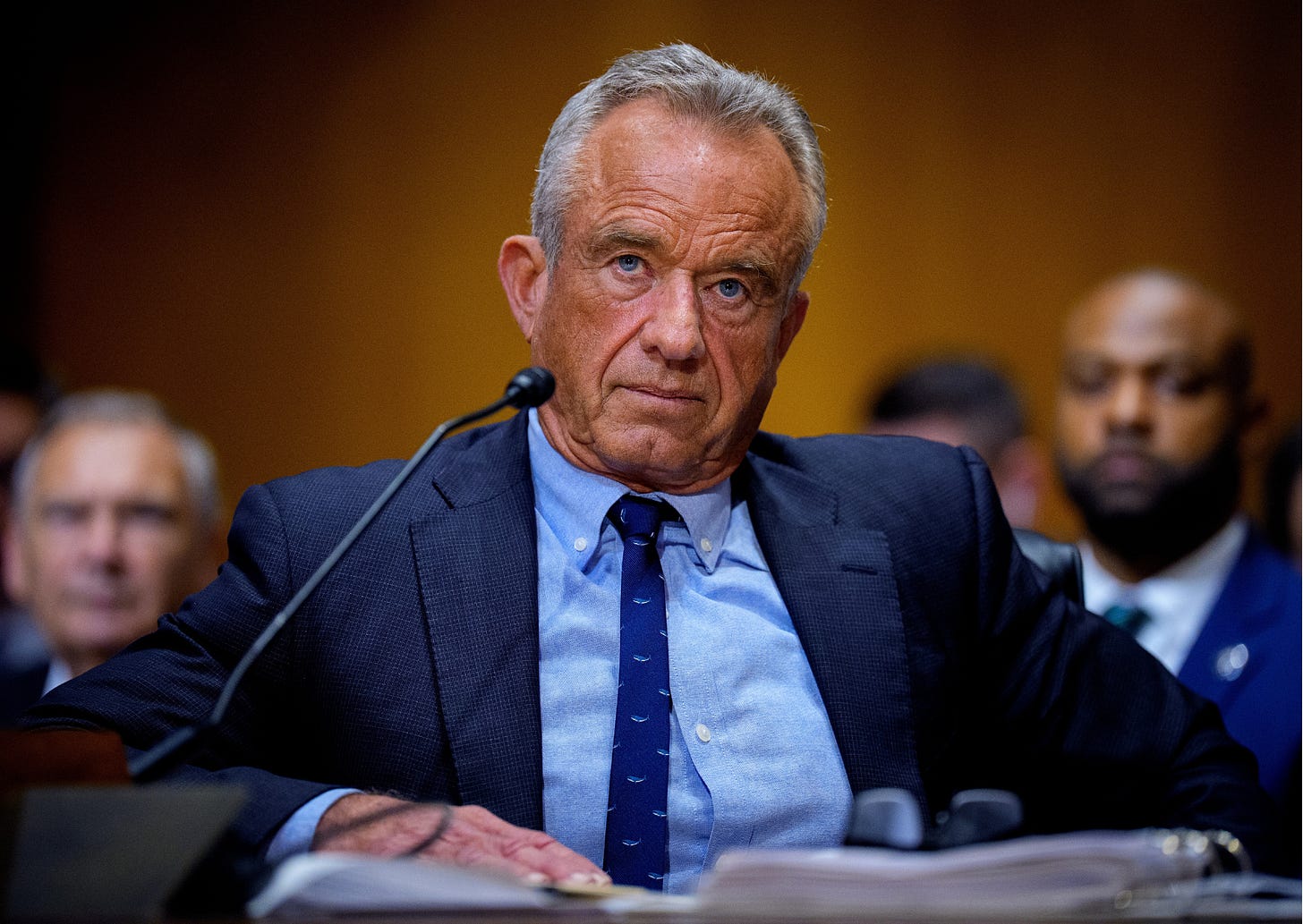It’s no secret that Health and Human Services Secretary Robert F. Kennedy wants to wage a war on pharmaceutical advertising. He spent months campaigning for a ban on pharmaceutical ads while running for President last year, and now he has landed his first blow. At Kennedy’s request, President Donald Trump signed an executive order last week that could cost sports broadcasters billions in advertising revenue.
The executive order is titled, “Addressing Misleading Direct-to-Consumer Prescription Drug Advertisements.” But that is nothing more than a fancy name.
What you need to know is that before 1997, prescription drug companies rarely ran television commercials because FDA regulations required them to disclose all safety information (i.e., side effects). This led to impractically long disclosures, effectively eliminating the ability for pharmaceutical companies to advertise their drugs on TV.
But in 1997, the FDA created a loophole by allowing pharmaceutical companies to provide only a “major statement” of a drug’s most important risks. So, rather than listing all of a drug’s side effects, pharmaceutical companies could now just direct viewers to a website or phone number to learn more. As a result, ads got shorter and celebrities became ambassadors, leading to the explosion of pharma TV advertising.
As shown in the chart below, pharmaceutical companies spent virtually no money on TV advertising before 1997. However, these companies now spend more than $5 billion annually on TV advertisements, approximately 11.6% of all linear TV ad dollars.
Source link
